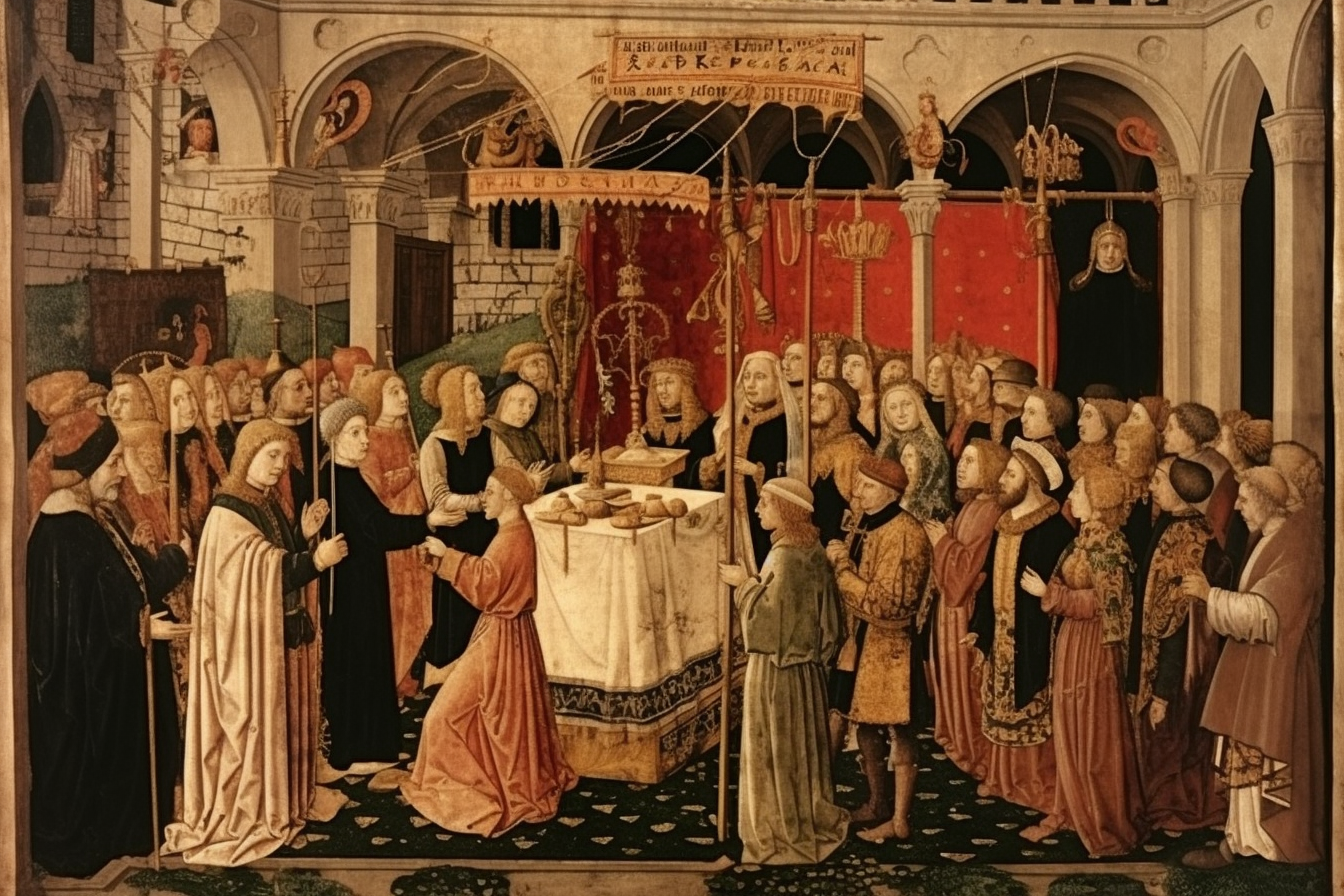Post
Post 5: Culture and Intellectual Advancements in the Middle Ages
The Middle Ages may be commonly associated with religious turmoil, feudalism, and political instability, but it was also a period of cultural and intellectual achievements. From the 5th to the 15th century, Europe experienced significant advancements in art, literature, and science, laying the foundation for the Renaissance. Here are some key highlights of the culture and intellectual advancements during this era.
One of the most notable contributions of the time was the rise of universities. These institutions, such as the University of Paris and the University of Bologna, became centers of learning and played a vital role in the development of medieval thought. Scholars focused on several disciplines, including philosophy, theology, law, and medicine. The universities fostered the exchange of knowledge and the preservation of classical works through the translation and study of ancient texts.
The Romanesque and Gothic styles of architecture also emerged during the Middle Ages. Romanesque buildings featured thick walls, small windows, and rounded arches, whereas Gothic architecture embraced light and height with pointed arches, ribbed vaults, and flying buttresses. These architectural advancements allowed for large, magnificent cathedrals, such as Chartres Cathedral and Notre-Dame de Paris, which not only served as religious spaces but also as symbols of power and wealth.
Additionally, the devastation of the Black Death in the 14th century had profound effects on European society and culture. This catastrophic pandemic resulted in a high number of casualties, but it also brought about significant changes. The trauma and the fear of death led to a new focus on mortality and the afterlife, which was reflected in art and literature. The dance of death, macabre artwork, and literature like Giovanni Boccaccio's "Decameron" all explored the themes of mortality and the transient nature of life.
In conclusion, the Middle Ages witnessed various cultural and intellectual advancements that contributed to the progress of European civilization. Universities became centers of learning, where scholars preserved ancient knowledge and fostered new ideas. The development of Romanesque and Gothic architecture revolutionized European building techniques and left an indelible mark on the landscape. Lastly, the trauma of the Black Death compelled artists and writers to explore themes of mortality and the fragility of life. Despite the challenges and conflicts of the era, the Middle Ages fostered important advancements that shaped the future of Europe.
